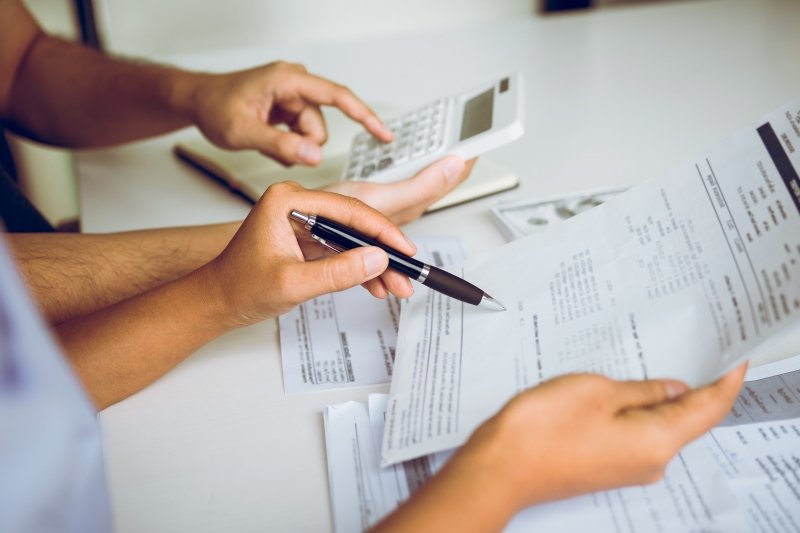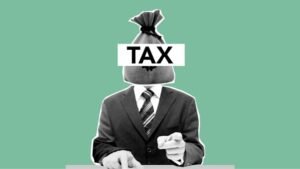Self-assessment is a crucial process for UK taxpayers, enabling individuals to report their income and calculate their tax liabilities. As of January 2025, understanding the self-assessment system is essential for anyone with income outside of standard employment, including freelancers, landlords, and those with investment income. This guide will provide a comprehensive overview of self-assessment, including who needs to file, key deadlines, and a step-by-step process for completing your tax return.
Table of Contents
ToggleUnderstanding Self-Assessment
Definition of Self-Assessment
Self-assessment is a method used by HM Revenue and Customs (HMRC) to collect income tax from individuals who are not taxed at source through Pay As You Earn (PAYE). Under this system, taxpayers are responsible for reporting their income and expenses, calculating their tax liability, and submitting their returns by specific deadlines.
Who Needs to Complete a Self-Assessment?
You will need to complete a self-assessment tax return if you fall into any of the following categories:
- Self-Employed: If you earn more than £1,000 from self-employment.
- Rental Income: If you receive income from renting out property.
- High Earners: If your income exceeds £100,000.
- Company Directors: If you are a director of a company.
- Other Income: If you have untaxed income such as savings interest or dividends.
Key Deadlines for 2025
Understanding the deadlines associated with self-assessment is vital to avoid penalties:
- October 5, 2024: Register for self-assessment if you’ve never submitted a return before.
- October 31, 2024: Deadline for submitting paper tax returns.
- January 31, 2025: Deadline for submitting online tax returns and paying any tax owed.
Missing these deadlines can result in significant penalties and interest on unpaid taxes.
Preparing for Your Self-Assessment
Before you begin filling out your self-assessment tax return, gather all necessary documentation:
- Unique Taxpayer Reference (UTR): This is a 10-digit number issued by HMRC that identifies you in the self-assessment system.
- Income Records: Collect all documents related to your income sources—this includes payslips, bank statements, invoices for freelance work, and rental agreements.
- Expense Receipts: Keep receipts for any allowable business expenses that you intend to claim.
Step-by-Step Guide to Completing Your Self-Assessment
Step 1: Register for Self-Assessment
If this is your first time filing a self-assessment return, you must register with HMRC. This can be done online through the HMRC website. Ensure that you register before the October 5 deadline following the end of the tax year in which you started earning taxable income.
Step 2: Choose Your Filing Method
You can complete your self-assessment online or via paper form:
- Online Filing: Most people opt for this method as it is quicker and allows for automatic calculations.
- Paper Filing: If you prefer this route, request a paper form well in advance of the deadline.
Step 3: Fill Out Your Tax Return
When completing your tax return, focus on the following sections:
- Personal Information: Include your name, address, National Insurance number, and UTR.
- Income Section: Report all sources of income accurately. This includes:
- Employment income
- Self-employment income
- Rental income
- Savings interest
- Dividends
- Expenses Section: Deduct any allowable expenses from your total income. Common expenses include:
- Office Supplies
- Travel costs
- Home office expenses
- Professional fees (e.g., accounting services)
Step 4: Review and Submit
Once you’ve filled out your return:
- Review Everything: Double-check all entries to ensure accuracy. Mistakes can lead to penalties or delays in processing.
- Submit Your Return: If filing online, follow the prompts to submit electronically. For paper submissions, ensure it is sent well before the deadline.
Common Mistakes to Avoid
To ensure a smooth self-assessment process, be mindful of these common errors:
- Omitting Income Sources: Ensure all sources of income are reported; failing to do so can lead to penalties.
- Incorrectly Claiming Expenses: Only claim allowable expenses; keep supporting documentation as proof.
- Missing Deadlines: Set reminders for key dates to avoid late submission penalties.
Paying Your Tax Bill
After submitting your self-assessment return, HMRC will calculate what you owe based on the information provided. The payment deadline is January 31, following the end of the tax year. You can pay through various methods, including bank transfer, direct debit, or credit card.
Frequently Asked Questions (FAQs) About Self-Assessment
What is self-assessment?
Self-assessment is a method used by HM Revenue and Customs (HMRC) in the UK to collect income tax from individuals who are not taxed at source through Pay As You Earn (PAYE). It requires taxpayers to report their income, claim allowances, and calculate their tax liabilities themselves.
How do I register for self-assessment?
To register for self-assessment, visit the HMRC website and complete the online registration process. Ensure you do this before the October 5 deadline following the end of the tax year in which you started earning taxable income.
What documents do I need to prepare for my self-assessment?
You should gather the following documents:
1: Your Unique Taxpayer Reference (UTR).
2: Records of all sources of income (e.g., payslips, invoices).
3: Receipts for allowable business expenses (e.g., office supplies, travel costs).
4: Bank statements showing interest earned.
Can I file my self-assessment online?
Yes, most individuals opt to file their self-assessment online through HMRC’s online service or commercial software. Online filing is generally quicker and allows for automatic calculations.
How do I pay my tax bill after submitting my self-assessment?
After submitting your return, HMRC will calculate your tax liability based on the information provided. The payment deadline is January 31, following the end of the tax year. You can pay via bank transfer, direct debit, or credit card.
Conclusion
Self-assessment is an essential responsibility for many UK citizens in January 2025 and beyond. By understanding the process and adhering to deadlines, individuals can effectively manage their tax obligations while maximising potential allowances and deductions. For further assistance with self-assessment or personalised advice tailored to your financial situation, consider consulting professionals at Bloom Financials, who specialise in navigating these complexities efficiently.





